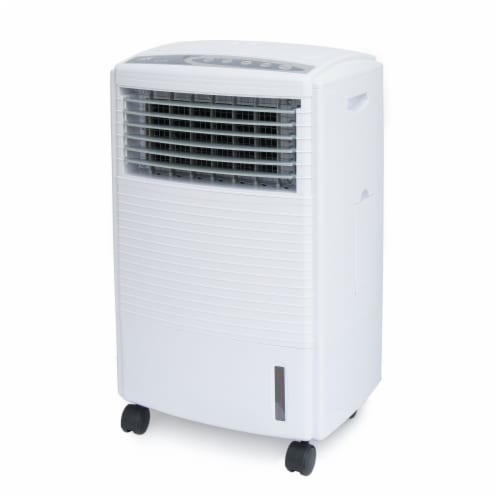| Primary Color | Brown |
| Material Details | Cellulose |
| Dimensions | 48 in. H x 12 in. W x 6 in. D |
Cooling pad for evaporative air cooler
As a professional OEM Cooling pad for evaporative air cooler supplier and ODM Cooling pad for evaporative air cooler company, The evaporative wet curtain produced by the company has good water absorption and ventilation, strong cooling ability, long service life, and sterilization and algae prevention functions. It has been successfully applied in industrial plants with high-temperature operations such as evaporative air conditioners, evaporative cooling fans, humidifiers, animal husbandry, the greenhouse industry, the textile industry, hardware, as well as in public places such as shopping malls, internet cafes, supermarkets, etc., which can effectively improve indoor air quality, To prevent the spread of diseases caused by the use of air and truly achieve green environmental protection, energy conservation and emission reduction.
-
In the hot summer, efficient evaporative cooling systems are key to maintaining suitable temperatures in many industrial, agricultural, and commercial applications. As a core component of the system, ...
READ MORE -
In the sweltering summer, when we search for efficient and energy-saving cooling solutions, the names air coolers and Evaporative Air Cooler (commonly known as eco-friendly air conditioners or water-c...
READ MORE -
With summer temperatures continuing to rise, choosing an economical and efficient cooling solution has become a hot topic. Among the many options, evaporative air coolers and traditional air condition...
READ MORE
Thermosetting resin used in Cooling pad for evaporative air cooler enhances the performance of cooling pad
1. Specific ingredients
Resin type: Commonly used thermosetting resins include phenolic resin, epoxy resin and polyurethane resin, etc. The specific resin used depends on the performance requirements and application scenarios of the product.
Additives: Add toughening agents, fillers and fire retardants to improve the mechanical properties, thermal stability and fire resistance of the resin.
2. Performance enhancement
Enhance mechanical strength: Thermosetting resin forms a hard cross-linked structure after curing, which enables the cooling pad to maintain a stable shape in high temperature and high humidity environments, enhancing its durability and strength.
Improve chemical resistance: The chemical stability of the resin enables the cooling pad to resist corrosion from a variety of chemicals and extend its service life, especially in industrial applications.
Improve moisture retention: Thermosetting resin can improve the hydrophilicity of the material, making the cooling pad perform better in absorbing and retaining moisture, thereby improving the efficiency of evaporative cooling.
Heat resistance: Thermosetting resins generally have good heat resistance and can work at higher temperatures without deformation or degradation, ensuring the reliability of the cooling pad in extreme environments.
Fire resistance: Certain thermosetting resins have self-extinguishing properties, which can reduce the risk of fire and enhance product safety.
Improved air tightness: The filling and curing properties of the resin can improve the air tightness of the cooling pad, prevent air leakage, and improve overall efficiency.
3. Overall performance improvement
Filtering effect: The use of thermosetting resins helps to form a denser structure, allowing the cooling pad to perform better in filtering impurities in the air and extend the service life of the equipment.
Operational efficiency: Due to its good physical and chemical properties, cooling pads using thermosetting resins can maintain good cooling effects at lower energy consumption, improving the overall system operation efficiency.
 CONTACT US
CONTACT US English
English 中文简体
中文简体 عربى
عربى Tiếng Việt
Tiếng Việt












